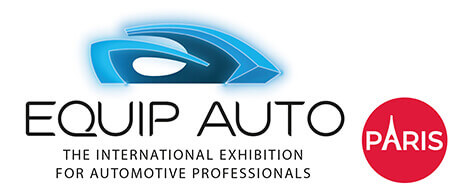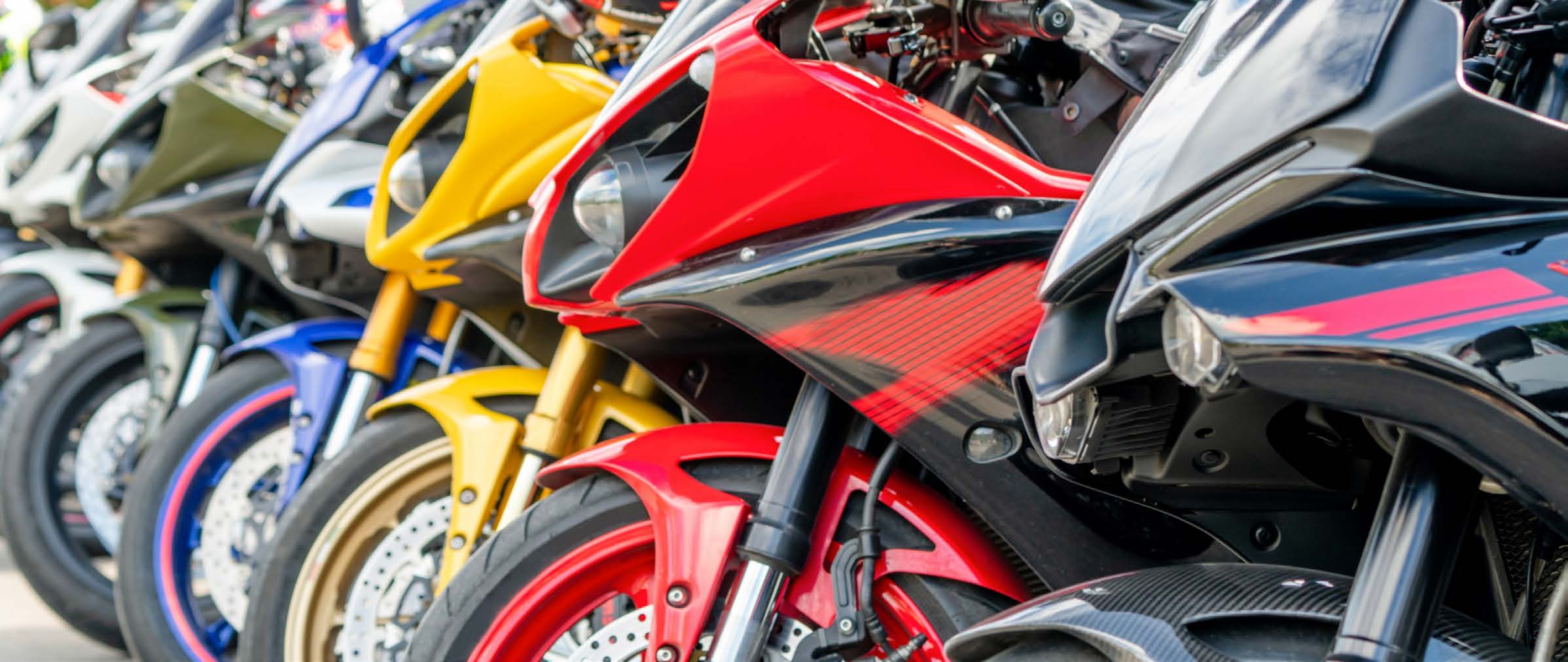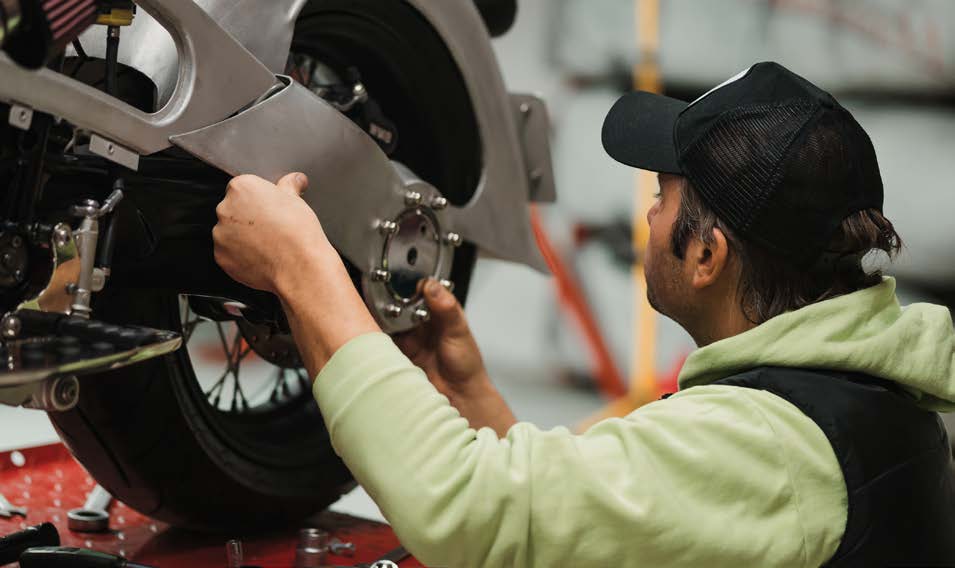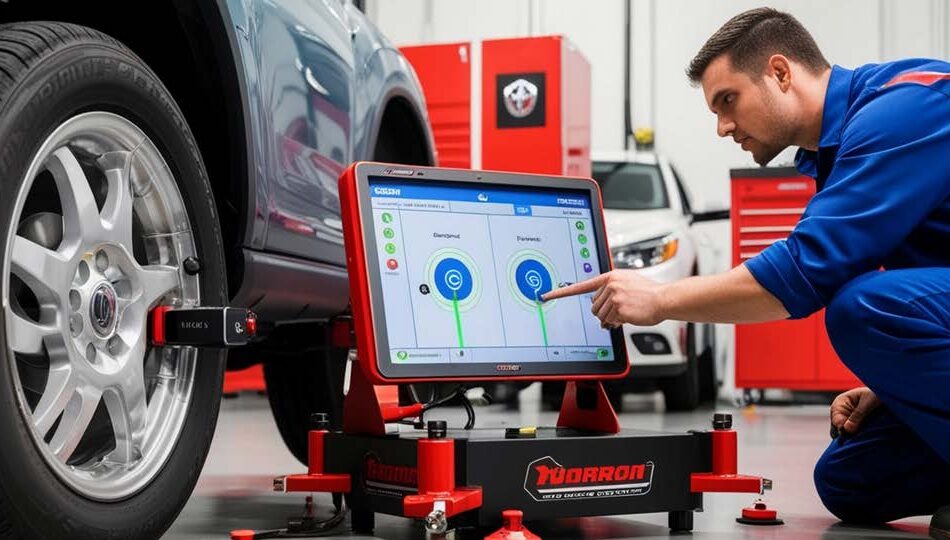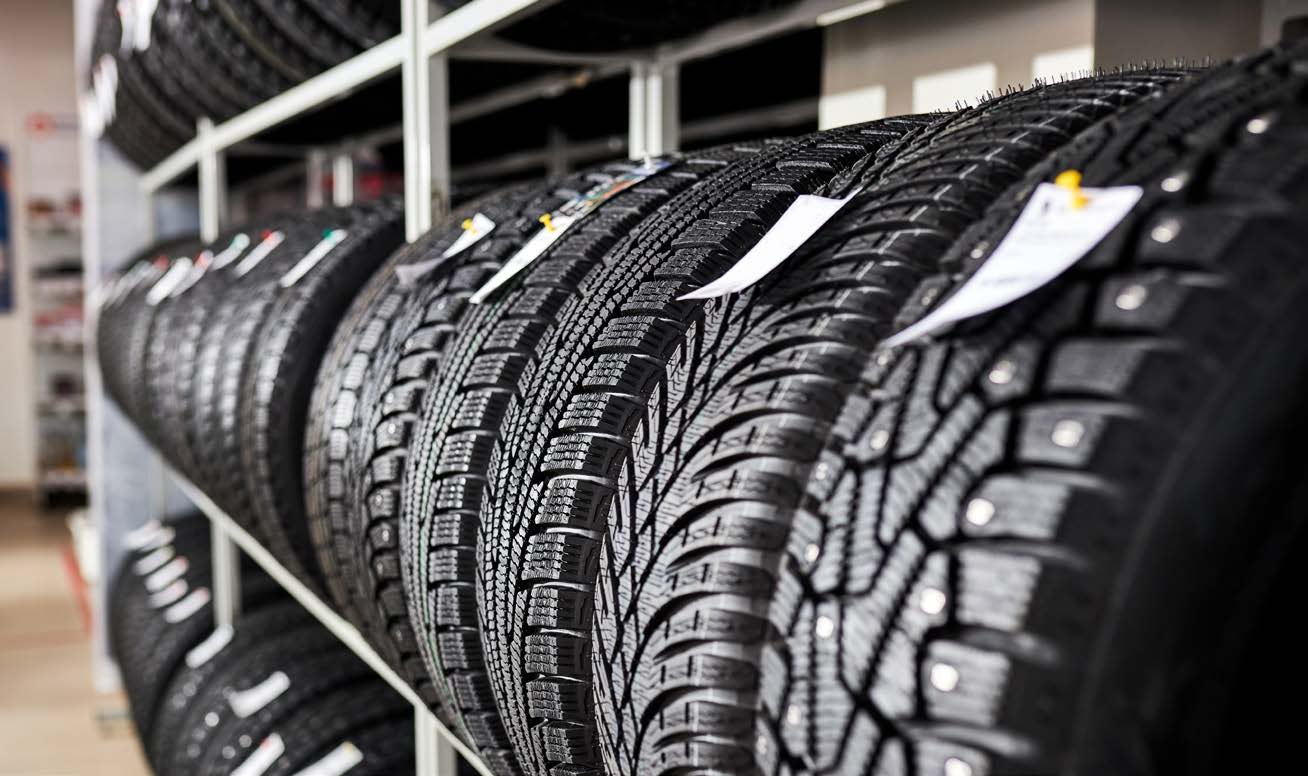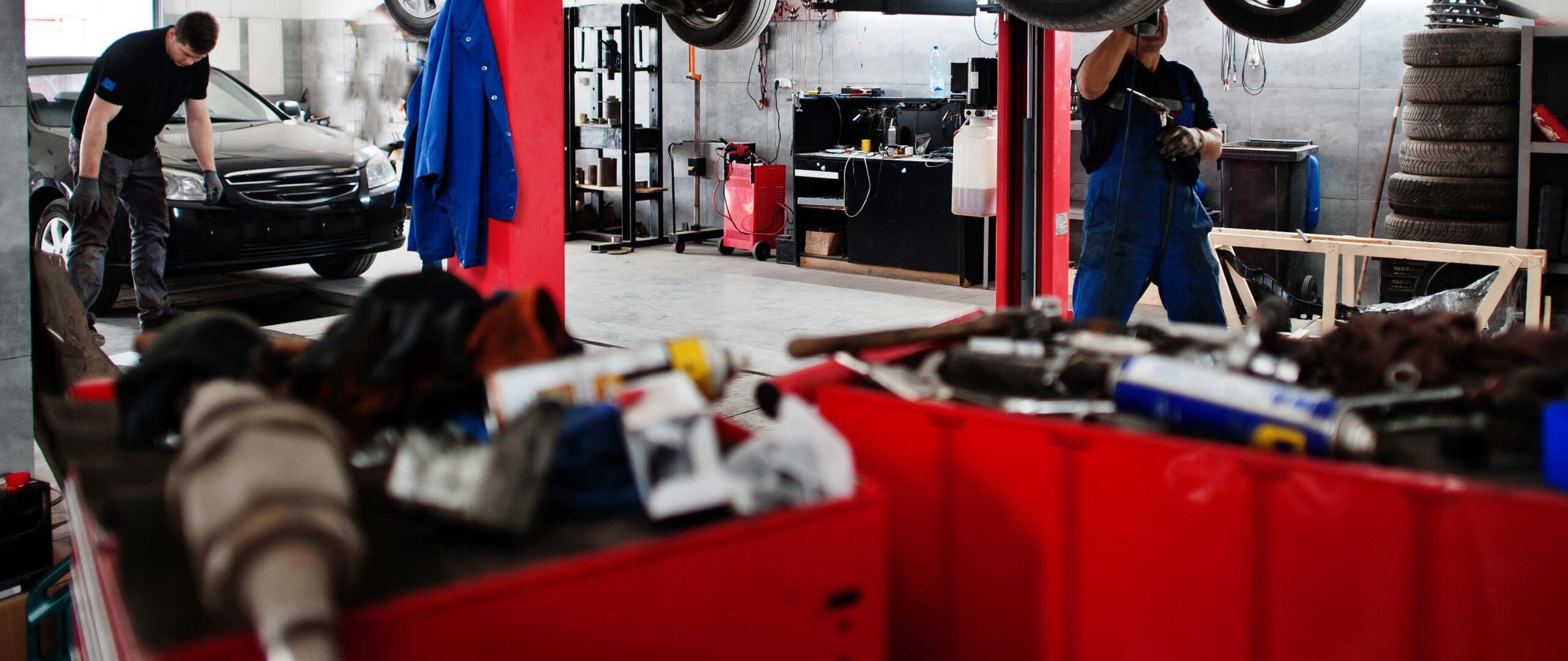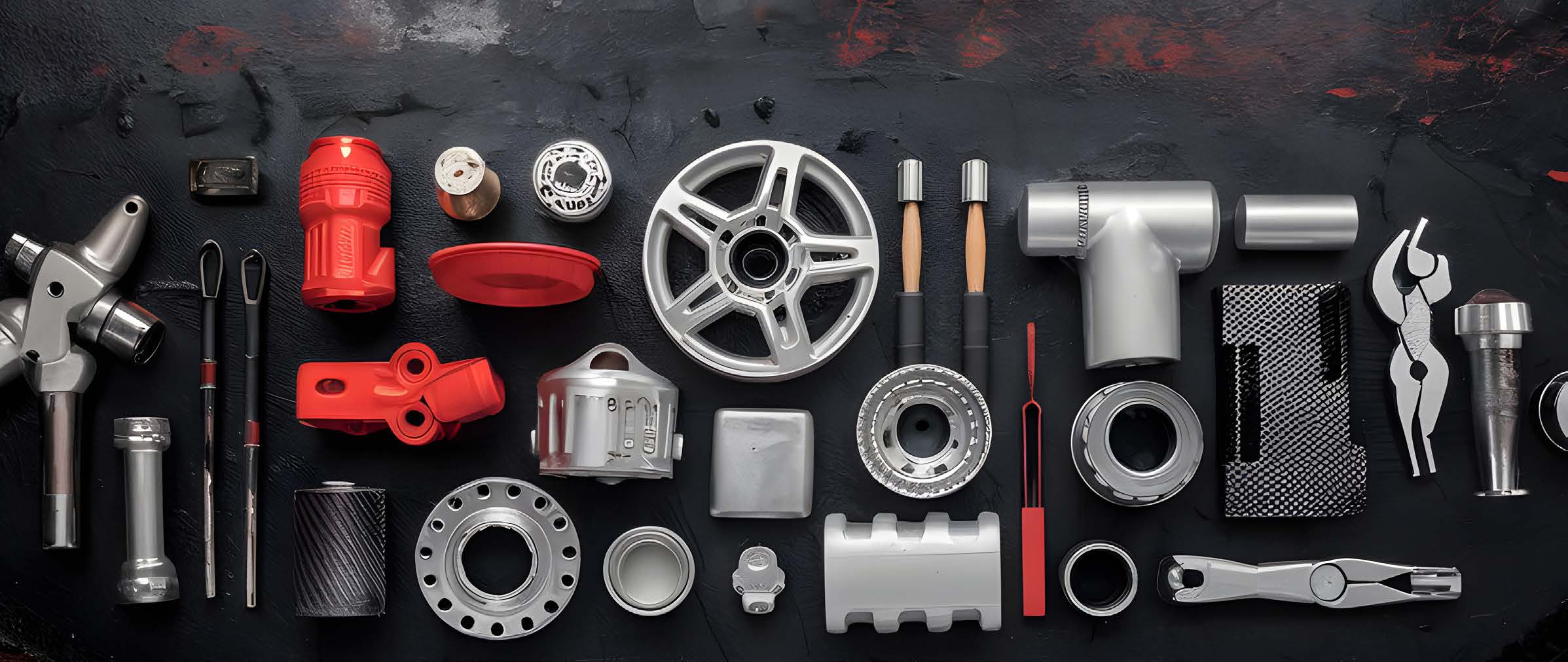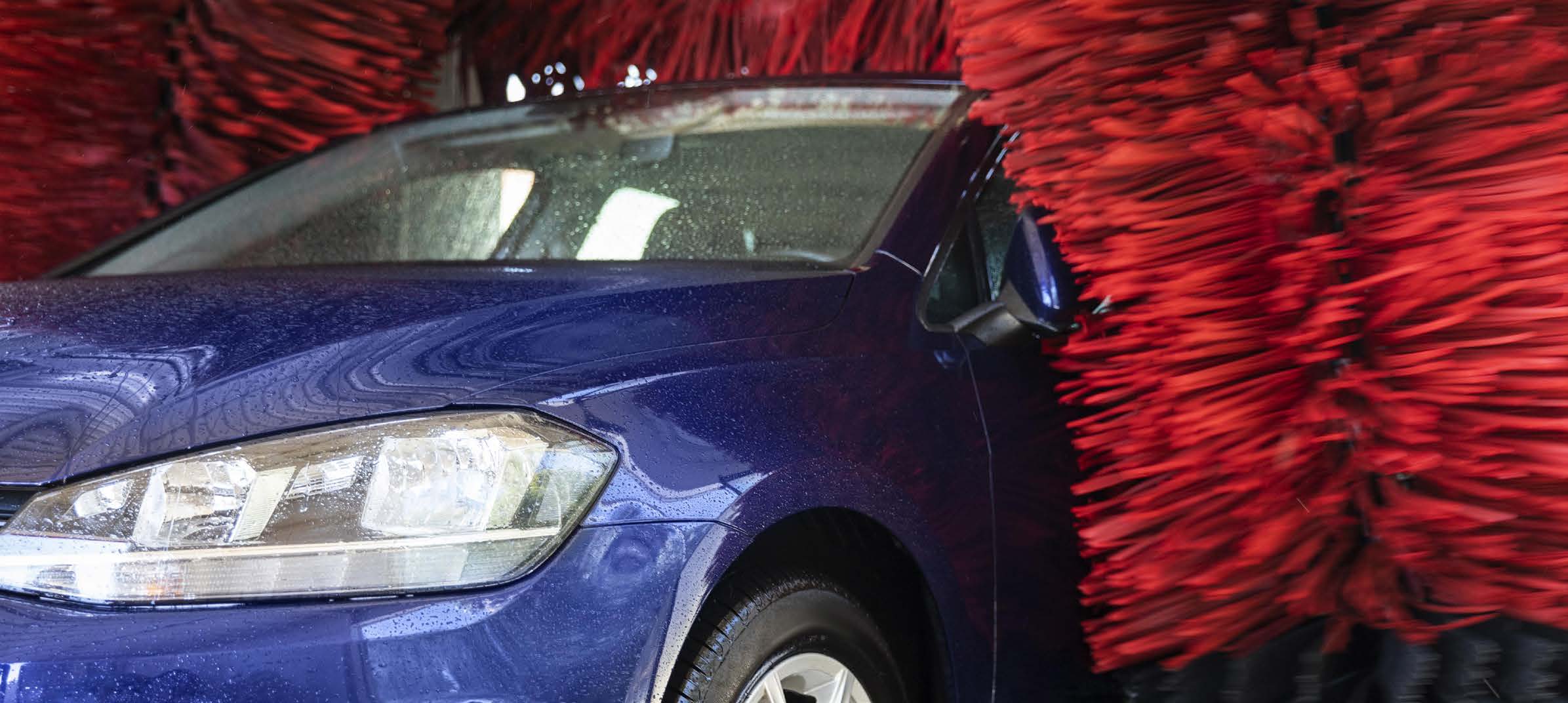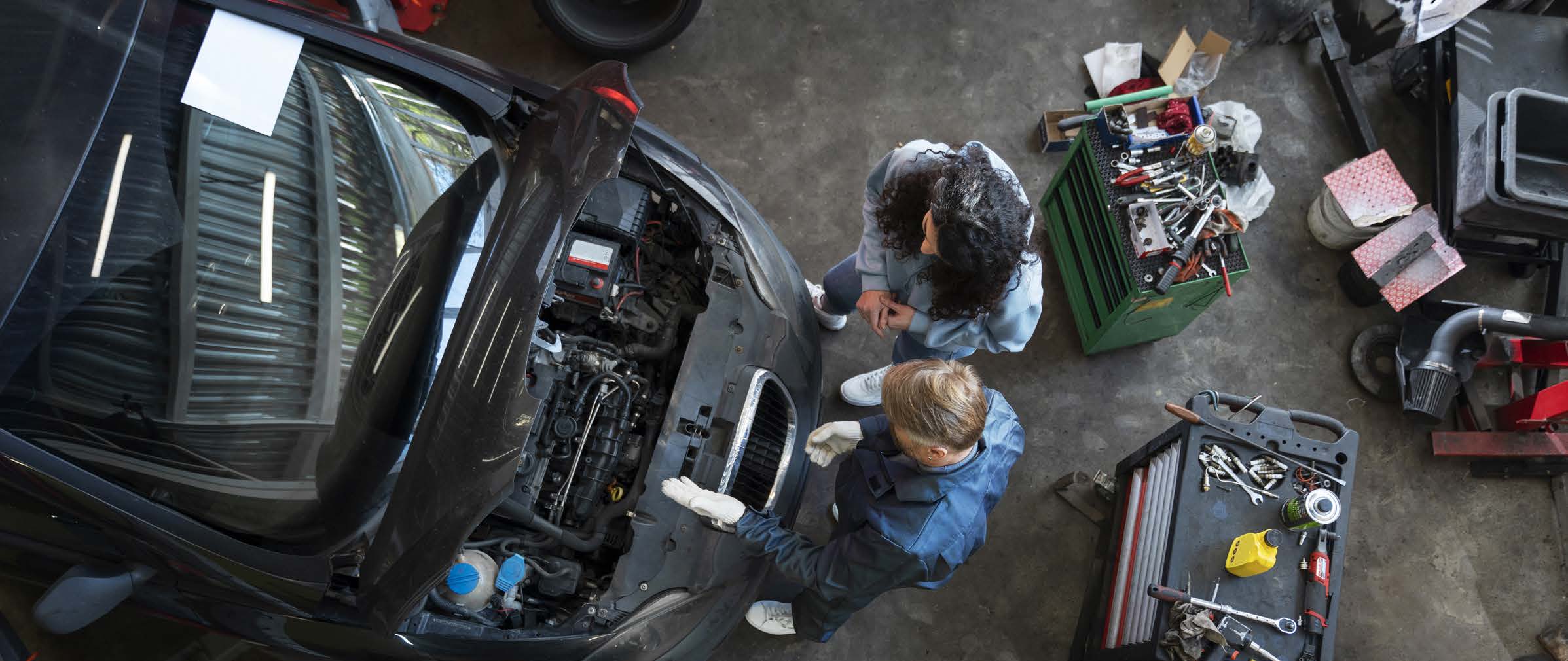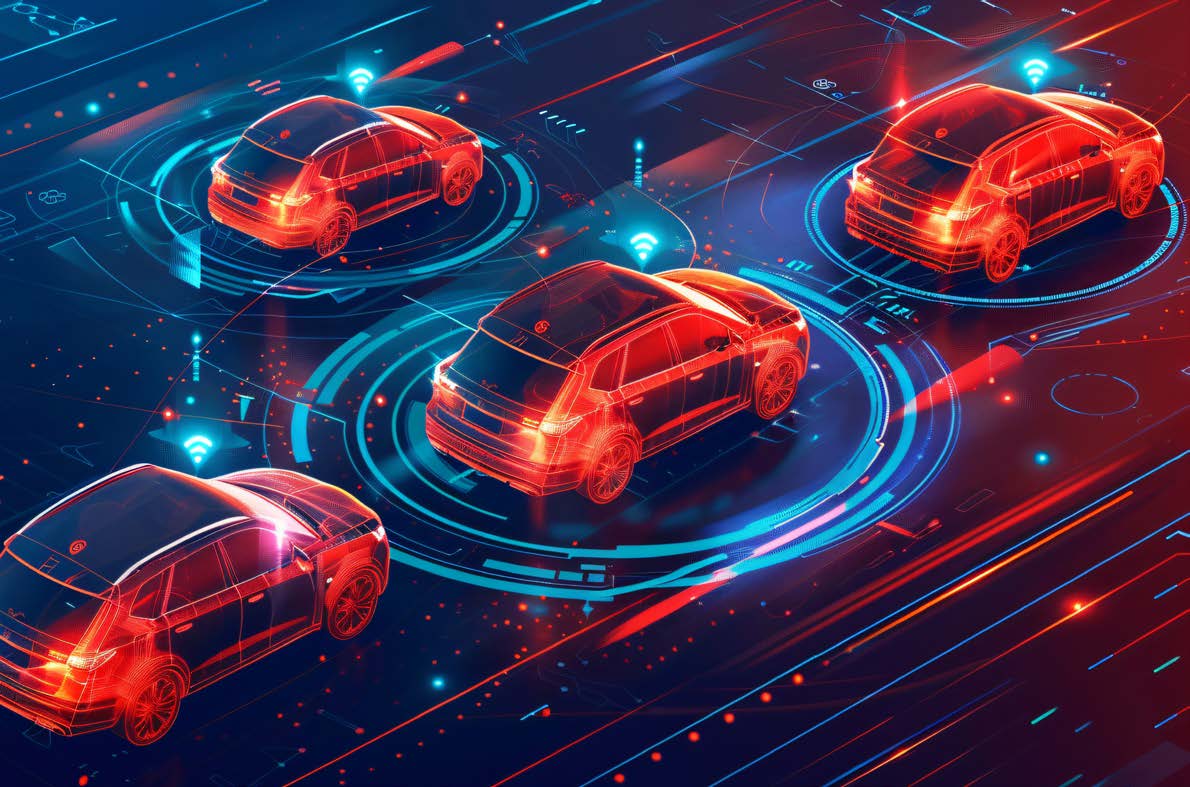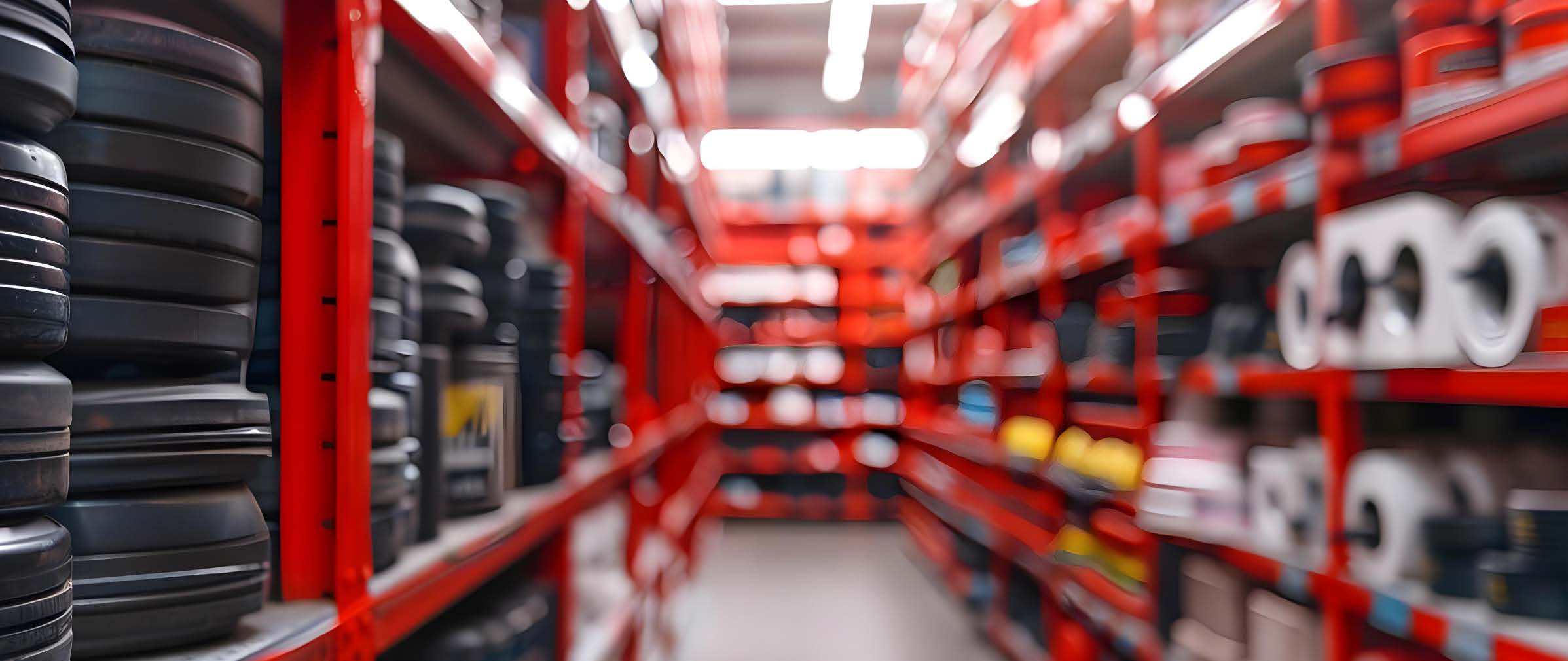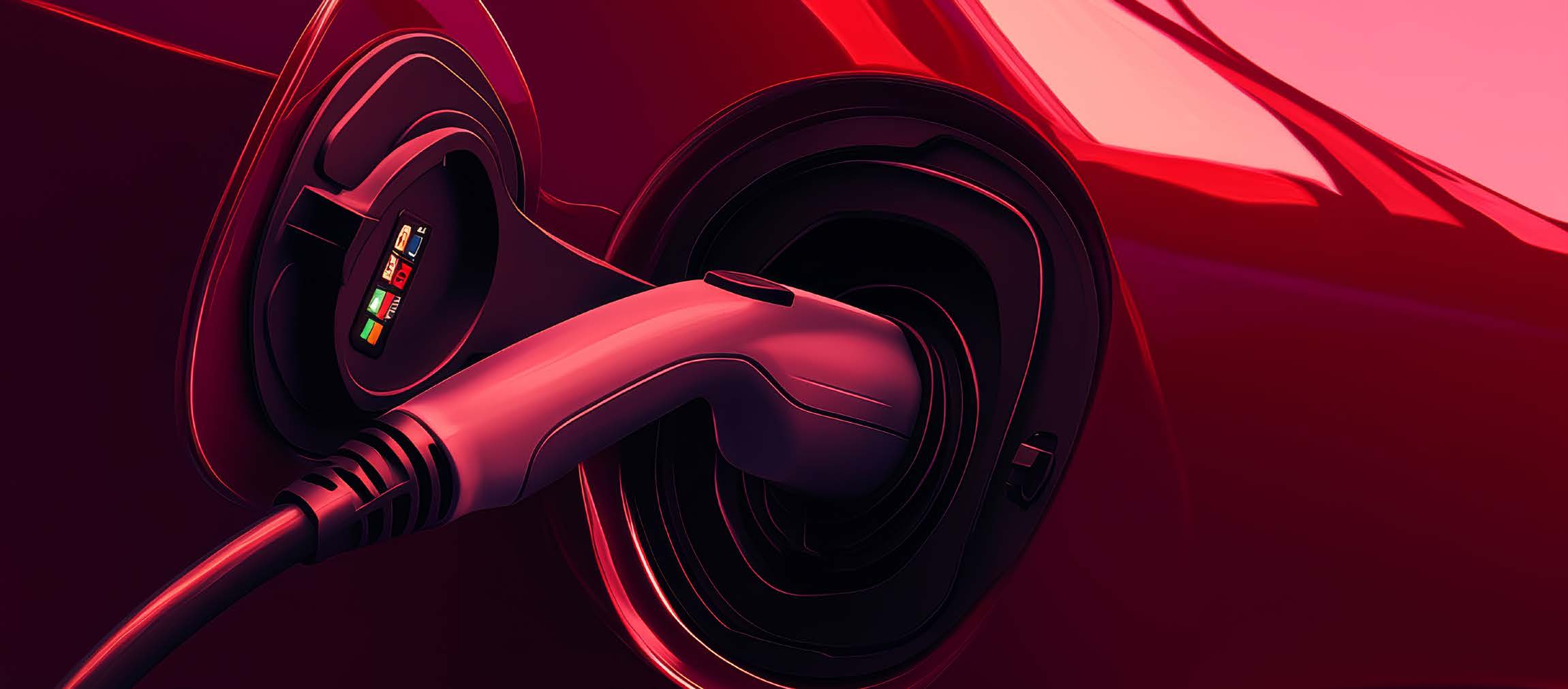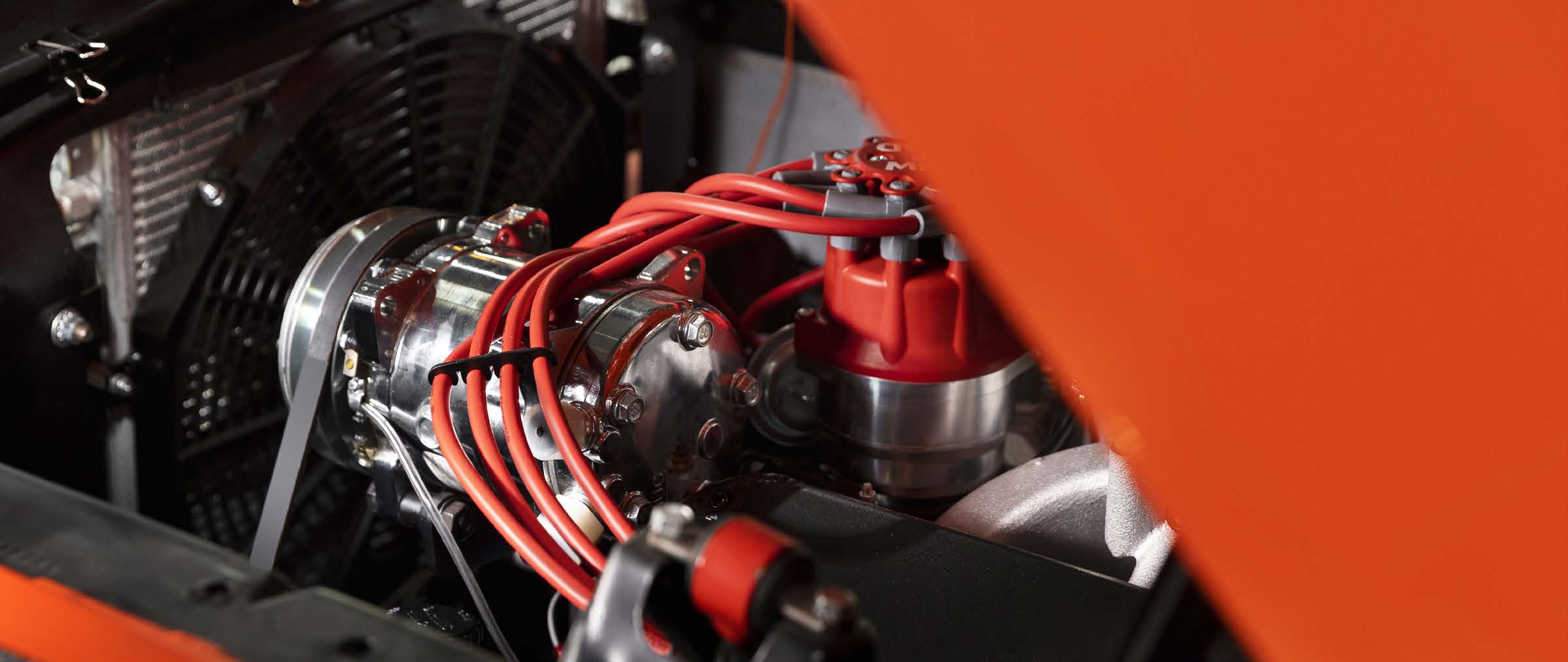The motorised 2-3-wheeler market remains robust
210 968
vehicles registrations*
+2,5%
in 2024 Vs 2023
While it had been sluggish until November, the market bounced back very strongly in the last month of 2024, owing to the introduction of the Euro 5+ emission standard on 1 January 2025 which forced brands to pre-register Euro 5 models that they still had in stock. December was a record month, with 20,500 new registrations, twice the usual figure. Since 2020, the 2-3 wheeler market has enjoyed years of steady growth, and is still buoyant.
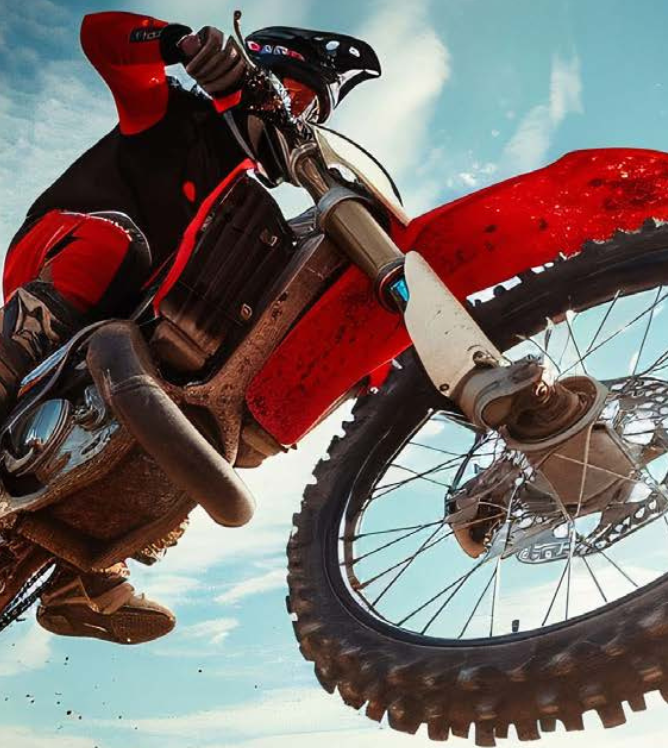
ELECTRIFICATION REMAINS VERY LOW
-10 000
electric 2 and 3-wheelers registered in 2023
less than 5% of the market.
The licence-free car market : a big mover in France
The licence-free car (or mini car) market in France has experienced very strong growth in recent years. Annual mini car registrations doubled from:
The 2024 manufacturer rankings show the growing interest of carmakers in this market.
In 2025, the arrival of Renault with its subsidiary Mobilize and its two models (Duo with or without a licence, Bento with or without a licence), will increase the influence
of car manufacturers on the mini car market.
This growth and diversification are a response to the new demands of urban mobility and people’s desire for accessible, environmentally friendly transport solutions.
282 600
licence-free cars in circulation in France, in 2024
The energy transition is underway here too:
the market, historically dominated by diesel engines (95% in 2019), has seen a significant transformation with electric models, which accounted for one in two mini cars
sold in 2023. Licence-free vehicles attract a wide range of customers, including young people aged 14 and over who only need a moped licence, but also businesses,
which accounted for almost 20% of purchases in 2024, a proportion rising fast.
Roadworthiness testing of category L
On 15 April 2024, roadworthiness testing for all L-category vehicles became compulsory.
This applies to a parc of approximately
4 500 000
vehicles
Detailed by segment in the table below L
L1e & L2e : Mopeds < 50cc.
L1eA : E-bikes.
L3 : Motorcycles of all engine cylinder capacities:
recently qualified riders (< 35 kW), motorbikes with sidecars, motorbikes with all engine cylinder capacities (> 35 kW), light motorcycles (< 125cc and < 11 kW).
L3e & A1 : Motorbikes < 125cc and < 11 kW (15bhp), including motorbikes and mopeds, motorised 2- and 3-wheelers.
L3e-A2 : Motorbikes < 35 kW, intended for use by A2 drivers (young people between 18 and 24, power rating below 47.5 bhp).
L3e-A3 : Motorbikes < 35 kW, (high power ratings and cylinder capacities), that can be ridden with an A1 driving licence by riders aged 25 and above.
L5e :Motorised tricycles, such as Vespa delivery bikes or trikes; load rating 500 kg for passenger transports and 600 kg for goods. So-called three-wheeled ‘scooters’ and ‘maxi-scooters’ can fall under this category.
L6e : Quads < 50cc, < 425 kg unladen, and < 45 km/h; or L7e quads (under 600 kg goods transport or 400 kg passenger transport).
L7e : Licence-free vehicles:
max speed < 45 km/h, max 2 passengers, < 50cc (petrol) or < 500cc (diesel). Can be driven from the age of 14 with a moped (AM) licence.
Planing technical inspection
| For vehicles first registered | Technical inspection due date |
| Before 31/12/2016 | TI maximum April 15, 2024 |
| Between 01/01/2017 to 31/12/2019 | TI in 2025 |
| Between 01/01/2020 to 31/12/2021 | TI in 2026 |
| After 01/01/2022 | Mandatory inspection within 6 months of 5 years |
Mandatory equipment and training for centres and inspectors
At 14 April 2024
Mandatory equipment that can be shared with car testing:
• Pollution testing: opacimeter, personal car exhaust gas analyser
>> This also requires the purchase of sensors specifically tailored to L category vehicles (exhaust extensions)
• Tyre inflator, car tyre depth gauge can also be shared with car testing
Specific obligations for 2 and 3-wheelers:
• A set of front and rear motorbike stands with adjustable centre distance for two-wheelers
• A wheel clamp suited to two-wheelers installed in such a way as to stabilise the vehicle
• A mobile jack (but not a scissor jack) with minimum load bearing capacity of one tonne, and wheel chocks
Training:
• If professional holds a car testing qualification: training to extend this certification of 33 hours split between theory and practice
• If they do not already hold car testing certification (e.g.: new centre), a 140-hour training course and ’bac pro’ (vocational high school qualification) compulsory
• Suppliers provide training for sound level meters (2025) and accelerometers (2026)
In 2025
Mandatory equipment:
• March 2025: sound level meter compulsory
• 1 January 2026: accelerometer (to measure maximum speed of L1e, mopeds below -50cc) with program and rev sensor
Recommended but not mandatory equipment
Recommendations of Order:
• Vehicle lift to bear approx. 500 kg with front wheel blocking mechanism, this makes visual inspections easier.
*Source: order of 23/10/2023 on L category roadworthiness testing
Points checked
78 points in these areas
• 0 | Vehicle identification
• 1 | Braking equipment
• 2 | Steering
• 3 | Visibility
• 4 | Lamps, reflective devices and electrical equipment
• 5 | Axles, wheels, tyres and suspension
• 6 | Chassis and related accessories
• 7 | Other equipment (horn; odometer, seatbelt)
• 8 | Pollution
Defects
• 165 defects can be noted
• Minor = no action necessary
• Major and Critical =
• Follow-up check within 2 months
Validity
•3 years
Frequency
•5 / 3 / 3 …
Motorised 2-3 wheelers and Licence-free vehicles
1.4 MoDownload
